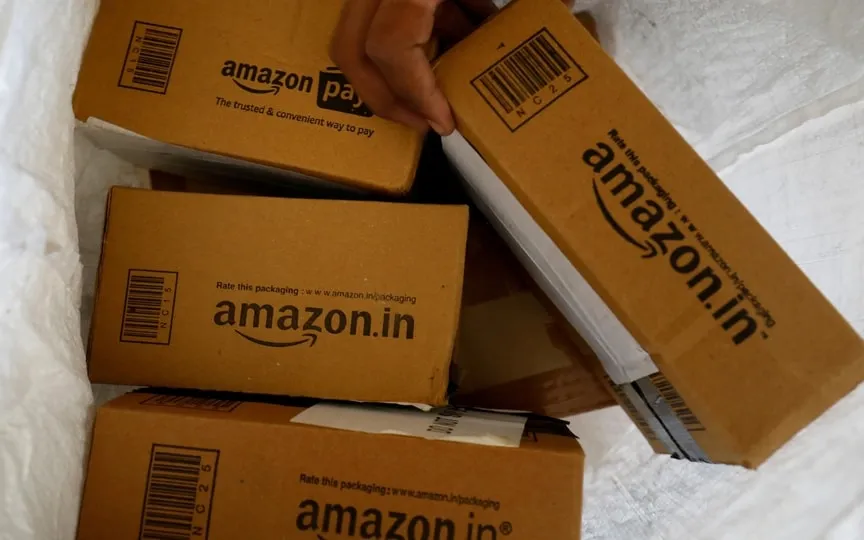Amazon Prime Day Fails to Meet Expectations
Amazon.com Inc.’s annual Prime Day has transformed traditionally sluggish July spending into a sales event comparable to Black Friday. However, this year’s sales did not meet expectations, indicating more about Amazon’s performance rather than consumer behavior. The event, which took place on July 11 and 12, achieved a new sales record of $12.7 billion, representing a 6% increase from the previous year. Nevertheless, it fell short of the 9.5% growth projected by the Adobe Digital Economic Index, which anticipated that significant discounts would drive greater demand. So, what factors contributed to this outcome?
One reading is that higher inflation is dampening demand while buyers hear economists estimate a 65 percent chance of a recession next year. However, about 40% of Amazon shoppers earn more than $100,000 a year, compared to a median household income of $73,500 for a Walmart Inc. shopper, and they are not as sensitive to inflation. But then again, inflation has cooled, slowing from 9.1% to 3% over the 12 months.
Perhaps the better read is that this year’s results reveal Amazon’s struggle to become not only a great distribution company, but also a great retailer. The battle is more urgent than ever as Amazon’s cloud services business suffers its own slowdown in demand. While the company’s shares are up 60% this year, they are down 28% since their peak in July 2021, while the S&P 500 is up nearly 5%. Analysts have consistently lowered their 12-month price targets for the company’s stock, from an average of around $200 early last year to $144 today, according to data compiled by Bloomberg. The stock’s closing price on Thursday was $134.30.
Leading up to Prime Day, signs suggested Amazon was flexing its tech muscle to boost spending. It ramped up the use of artificial intelligence to deliver tailored offers to Prime members and introduced invite discounts to create a sense of scarcity and exclusivity. It even partnered with Booking Holdings Inc.’s Priceline to offer travel deals, including 20% off Priceline’s Hotel Express on top of its typical hotel discounts of up to 60%. It also announced steep discounts on goods and delivery services at its Amazon Fresh stores.
But even with AI-powered personalized marketing, Amazon couldn’t force consumers to spend more than they otherwise would. An early reading of consumer goods by consumer data firm Numerator found that the most purchased items were Temptations Cat Treats, Fire TV Sticks and Liquid I.V. Packages. Shoppers also bought Amazon brand toilet paper, organic protein powder and Bissell’s Little Green carpet cleaner. This doesn’t exactly prove Amazon’s success in getting shoppers to give in to their impulses and dig deeper into their pockets, even with technology-based marketing.
Even so, Amazon’s online presence is so large that competitors from Walmart to Macy’s Inc. see no choice but to offer their own deals the same week Prime Day is held. And yet, even with the added competition, Amazon captured most of the retail sales during the two-day event. Salesforce found that online spending on non-Amazon sites fell 7% on both days, driven by lackluster sales that ranged around 18%, less than last year. Amazon’s average deals were similarly lackluster, with electronics discounts peaking at 14% off list price, toys at 12%, computers at 8% and TVs at 5%, according to Adobe Analytics.
Amazon’s strength is its size. It runs the country’s largest online distribution company, serving 167 million members. But as revenue growth slows in its cloud business — Bloomberg Intelligence says a slowdown in corporate IT spending and a lack of growth catalysts in generative artificial intelligence may not spark a recovery for at least two quarters — Amazon needs to sharpen its retail strategy. If this year’s Prime Day is any indication of what’s to come, Amazon has a lot of work to do.




